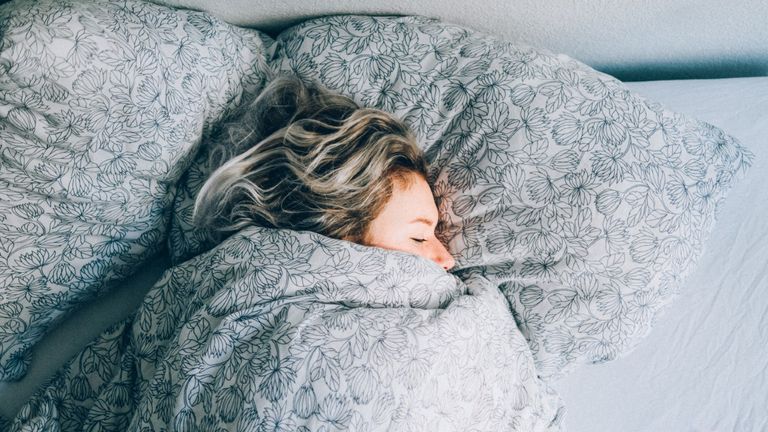An indoor-outdoor pool is the ideal choice for homeowners who want a versatile and luxurious swimming experience. These pools combine the best features of indoor and outdoor pools, allowing you to swim year-round, regardless of the weather. Whether you want to swim in the open air during the summer or enjoy a warm, climate-controlled environment in the winter, an indoor-outdoor pool offers both options. With a retractable roof or sliding glass walls, you can easily adjust the pool to suit your mood and the weather.
Why choose an indoor-outdoor pool? The flexibility is one of the biggest reasons. You get the best of both worlds: the fresh air and sunshine of an outdoor pool in the warmer months and the comfort of an indoor pool during colder seasons. This option is especially appealing for families who want to maximize the use of their pool no matter the weather conditions. In this article, we will explore the key benefits, design considerations, and maintenance tips for an indoor-outdoor pool.
Benefits of Having an Indoor-Outdoor Pool:
An indoor-outdoor pool provides numerous benefits that make it a top choice for homeowners. One of the major advantages is its versatility. No matter the time of year, you can enjoy the pool. During summer, the outdoor pool area offers open-air enjoyment. On chilly winter days, you can swim indoors in a controlled environment, ensuring comfort year-round.
Additionally, an indoor-outdoor pool can significantly increase your property value. The luxurious feel and added functionality of such a pool will likely make your home more appealing to potential buyers. Homes with unique features, such as a pool that can be used throughout the year, tend to stand out in the real estate market.
Flexible Year-Round Use:
You can enjoy your indoor-outdoor pool in any season. During the warmer months, the outdoor side of the pool allows you to relax and swim under the sun. When the weather turns cold, the indoor portion of the pool ensures you can swim comfortably throughout the year.
Cost-Effectiveness in the Long Run:
Though the initial cost might be higher, an indoor-outdoor pool can save money over time. The durability of the materials and energy-efficient heating systems reduces the need for ongoing repairs. Furthermore, you can avoid the expense of installing two separate pools—one indoor and one outdoor.
Design Considerations for Indoor-Outdoor Pools:
Designing an indoor-outdoor pool requires careful thought and planning. The integration of indoor and outdoor spaces is essential to ensure the pool functions well and looks aesthetically pleasing. One popular design choice is to install retractable roofs or sliding glass doors, which allow the pool area to seamlessly transition between indoors and outdoors.
You’ll also need to consider ventilation and humidity control for the indoor portion of the pool. Since the indoor pool area is enclosed, it’s crucial to have proper ventilation to avoid excess moisture and potential damage. The outdoor portion should also be strategically designed to maximize natural light while ensuring privacy.
Choosing the Right Pool Materials:
Choosing high-quality, durable materials is key when designing an indoor-outdoor pool. For example, tiles or pool liners that are resistant to both indoor humidity and outdoor weather will ensure longevity. The materials should be practical while complementing the aesthetic of your home.
Ventilation and Humidity Control:
Indoor pools need proper ventilation systems to prevent humidity build-up, which could lead to mold and mildew. A good ventilation system helps to regulate the indoor climate and ensures the space remains comfortable for swimmers. Ensure that the indoor portion of your indoor-outdoor pool is well-ventilated for optimal air quality.
Heating and Cooling Systems:
To ensure year-round use, heating and cooling systems are essential. Many homeowners choose heat pumps, solar heaters, or gas heaters to maintain the pool temperature. This is particularly important for the indoor area, where temperature control is more easily managed. Installing a retractable cover for the outdoor portion can also help maintain water temperature and reduce energy consumption.
Maintenance of an Indoor-Outdoor Pool:
Maintaining an indoor-outdoor pool requires regular upkeep to keep both sides of the pool in optimal condition. The indoor section, which is exposed to humidity, needs regular cleaning to avoid mold and moisture damage. The outdoor section will require frequent cleaning due to exposure to the elements, including debris like leaves and dirt.
To maintain clean water, be sure to regularly check and replace pool filters. The filtration system is essential to keeping your pool water clear and safe for swimming. Regular maintenance ensures that both areas of the pool stay functional and beautiful.
Pool Cleaning Techniques:
Cleaning your indoor or outdoor pool involves regularly skimming the water for debris, brushing the walls and floors, and checking the pool’s pH levels. Both the indoor and outdoor parts of the pool require different cleaning methods. For the outdoor portion, using a pool net to remove leaves is essential, while the indoor area needs to be wiped down to prevent humidity-related issues.
Checking Pool Equipment:
Inspect your pool’s equipment—filters, pumps, and heaters—regularly to ensure everything works properly. A malfunctioning pump or filtration system can compromise water quality and make maintenance more difficult. Be proactive and schedule routine checks to avoid any potential issues.
Seasonal Maintenance:
Seasonal maintenance is important for an indoor or outdoor pool. Before winter, inspect both sections of your pool and ensure that your heating system is working well. During the warmer months, you’ll need to clear the outdoor portion of debris and ensure the pool remains clean and inviting.
The Cost of Installing an Indoor-Outdoor Pool:
The cost of installing an indoor or outdoor pool varies widely depending on factors like the pool’s size, materials, and design complexity. A simple pool can cost around $20,000, while more luxurious designs, including retractable roofs and advanced heating systems, can exceed $100,000.
While the upfront costs can be high, the long-term benefits, such as increased property value and year-round use, make it a worthwhile investment. The ongoing costs for maintenance, utilities, and cleaning should also be factored into your budget when considering installation.
Initial Installation Expenses:
The cost of installation depends on the design and materials. A basic indoor or outdoor pool can start at around $20,000, with more elaborate designs potentially costing over $100,000. This includes excavation, installation, and the setup of heating or cooling systems.
Ongoing Costs:
Regular maintenance, including pool cleaning and equipment checks, is necessary to keep the pool running smoothly. Depending on your location, heating or cooling costs can also add to the ongoing expenses.
Financing Options:
For many homeowners, financing the installation of an indoor-outdoor pool can make the process more manageable. Personal loans, home equity lines of credit, or pool company financing can provide a way to spread out the costs over time.
FAQs:
- How much does it cost to install an indoor-outdoor pool?
Installation costs range from $20,000 to $100,000, depending on the design and materials. - Can an indoor-outdoor pool be used year-round?
Yes, the design allows for year-round swimming, no matter the weather. - What materials are best for an indoor-outdoor pool?
Choose durable materials like high-quality tiles and liners that can withstand both indoor and outdoor conditions. - Is an indoor-outdoor pool expensive to maintain?
Maintenance costs vary, but regular cleaning and equipment checks are essential to keep the pool in good condition. - Can I add a retractable roof to my indoor-outdoor pool?
Yes, a retractable roof is a common addition to provide flexibility for indoor and outdoor use.
Conclusion:
An indoor-outdoor pool is a great investment for those who want to enjoy swimming year-round. It combines the benefits of both indoor and outdoor pools, providing comfort, luxury, and flexibility. With proper design, maintenance, and care, an indoor-outdoor pool can become a beautiful and functional feature in your home, adding value and enjoyment for years to come.



